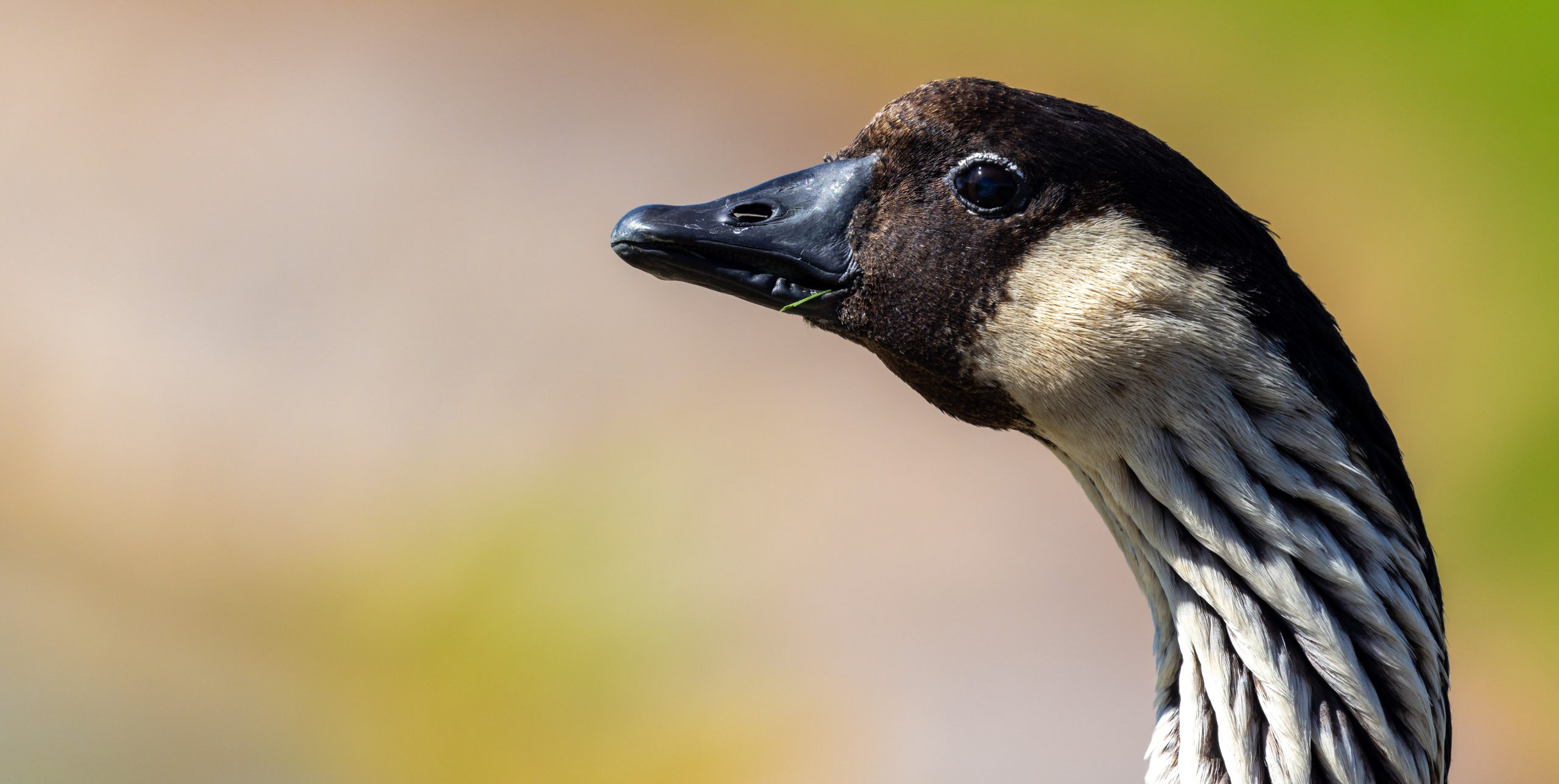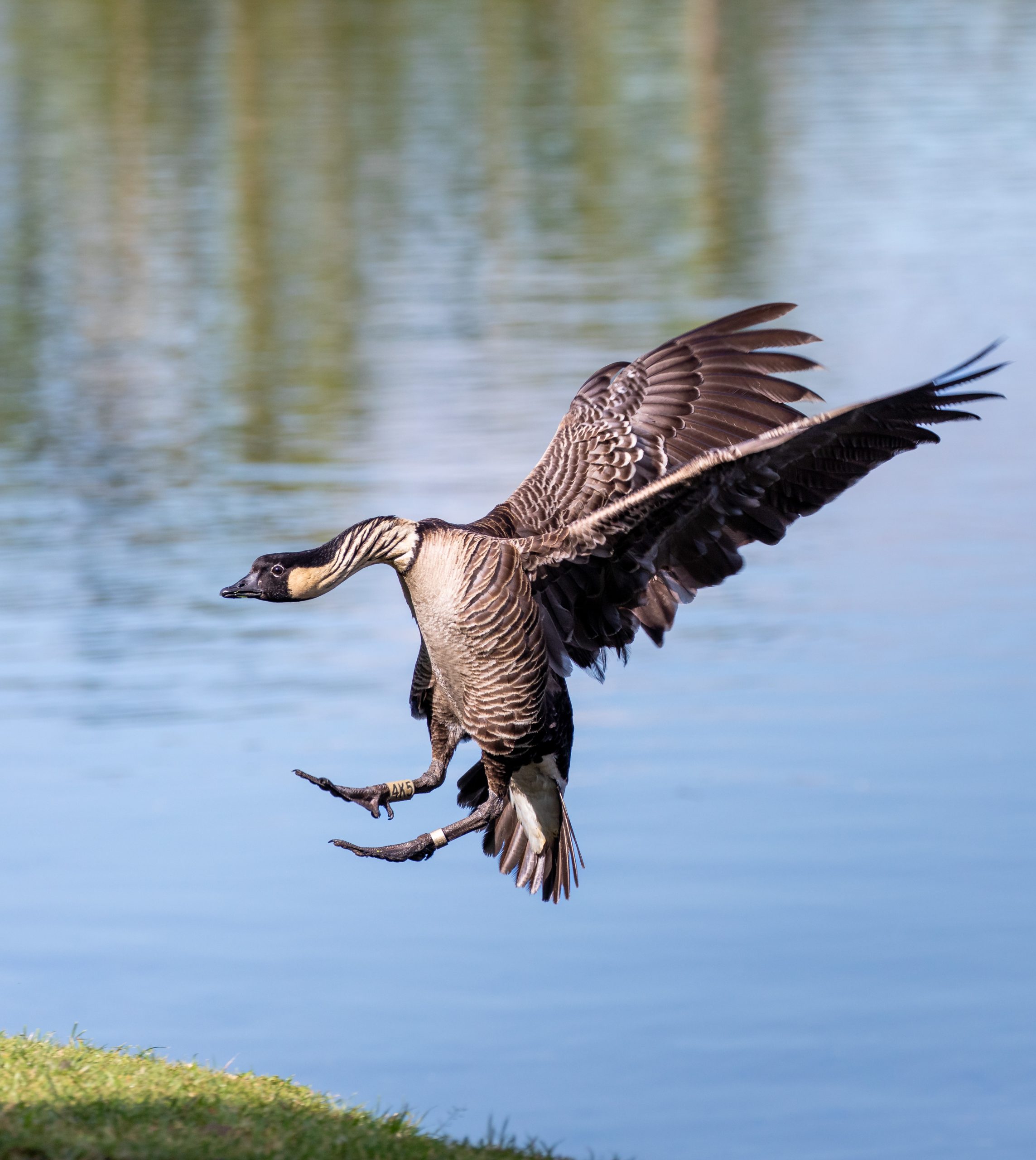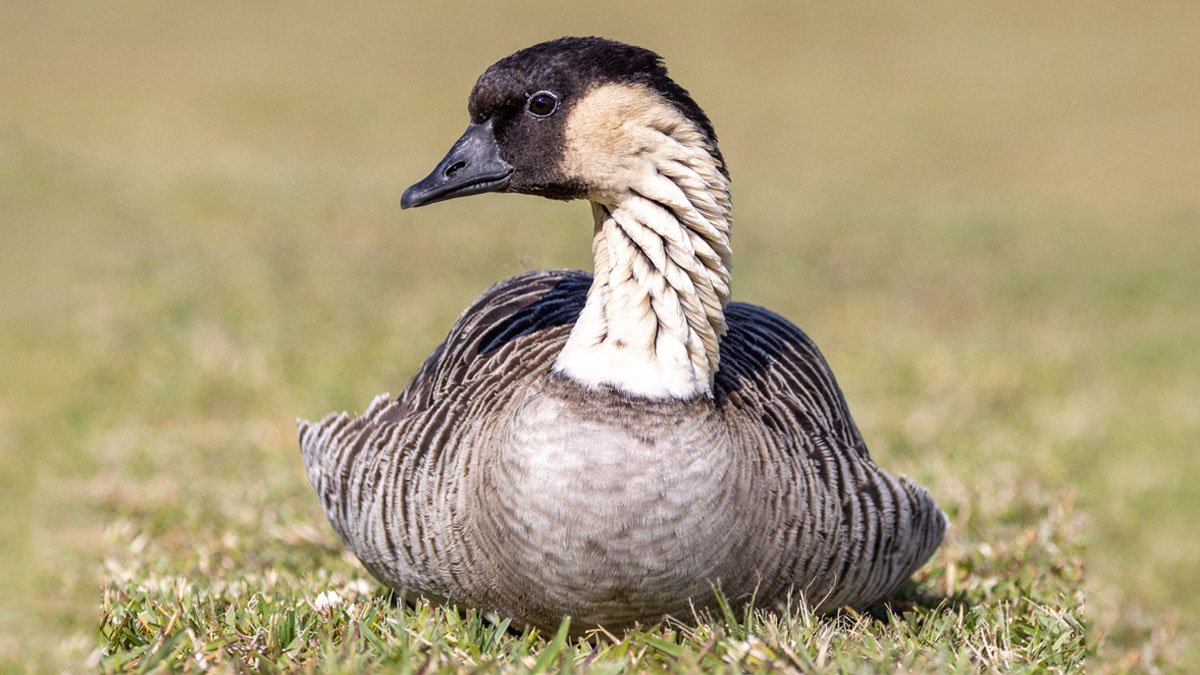
Community Science for Nēnē
People capture moments with Nēnē every day—together, we can turn those photos into powerful tools for protecting native species. Join us in building a future where every observation drives meaningful conservation impact.
1,000+
Contributors
15,000+
Sightings Recorded
2,000+
Unique Nēnē
Take Action Today
Every observation counts. Help us protect the Nēnē by contributing to our community science efforts.
Making a Difference Together
Your contributions help us protect and preserve the Nēnē population for future generations.

Community Science
Join a network of dedicated observers helping to protect Hawaii's state bird through data collection and monitoring.

Conservation Impact
Your observations directly contribute to conservation strategies and policy decisions.

Research & Education
Access the latest findings and learn about ongoing conservation efforts.
Stay Updated
Join our quarterly newsletter for updates on sighting statistics, nēnē of interest, and our latest conservation projects.